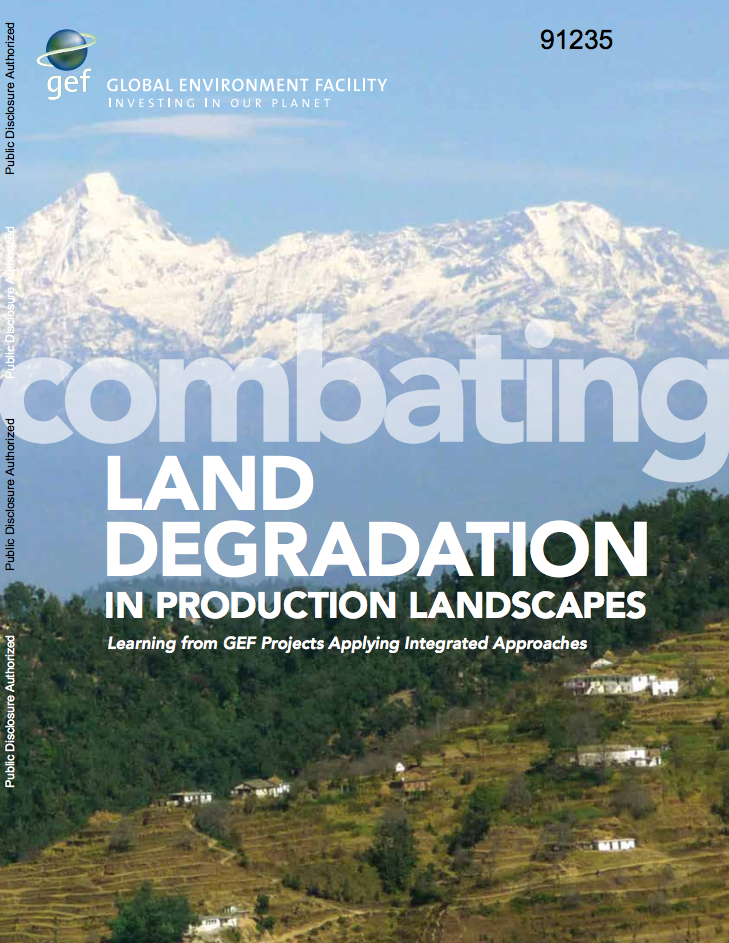Impacts of the Hutan Kamasyarakatan Social Forestry Program in the Sumberjaya watershed, West Lampung District of Sumatra, Indonesia
This paper investigates the impacts of a social forestry program in Indonesia, Hutan Kamasyarakatan (HKm), based on analysis of a survey of 640 HKm and comparable non-HKm plots in the Sumberjaya watershed of southern Sumatra, and of the households operating those plots. The HKm program provides groups of farmers with secure-tenure permits to continue farming on state Protection Forest land and in exchange for protecting remaining natural forestland, planting multistrata agroforests, and using recommended soil and water conservation (SWC) measures on their coffee plantations.




